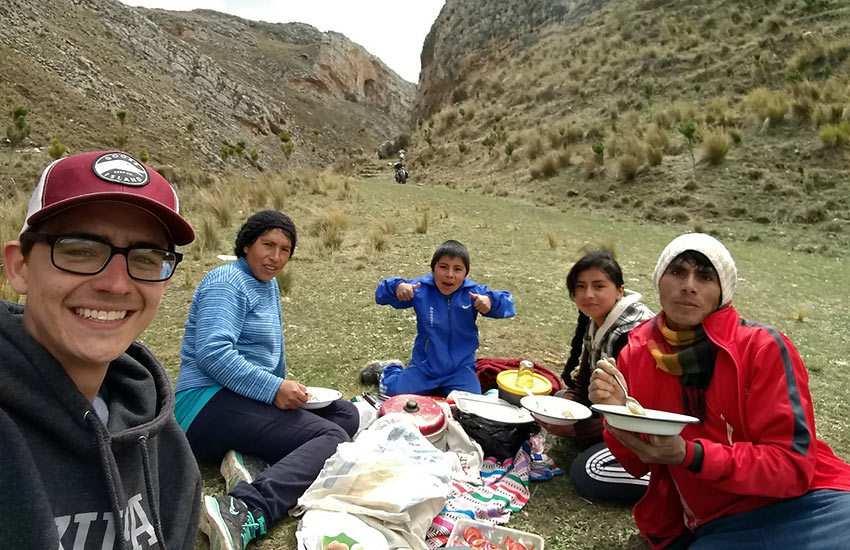
After the swearing-in ceremony, our whole training group promptly said our tough goodbyes, and we were bused off to our respective communities. Packed days of training alongside an incredible group of friends and PC staff instantaneously became relatively free days of pretending to have a clue of what I should be doing and what it means to be a Peace Corps volunteer. In other words, the process of integrating into the community.
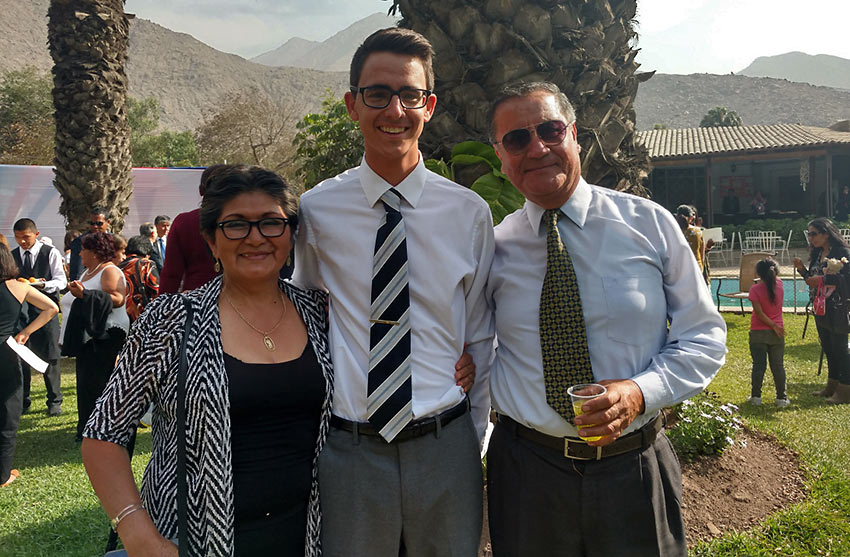
Although I’ve experienced a vast shift from structured activities to an open schedule requiring my own self-motivation, this sea of unknown challenges and opportunities is what we volunteers live for. The chance to speak only Spanish — to play too much soccer — to eat whatever is put in front of you — to begin investing in the families and communities with whom we will share the next two years.
These challenges are what motivate us, but also what we struggle with on a daily basis. A tension exists between the excitement of new experiences and the manner in which living continually in a foreign context takes a toll on you. Of course, having only been in this reality a little over a month, I’m just beginning to understand this dynamic. As of now, most challenges seem interesting and even comical.
But as difficulties begin to compound, the goal becomes investing time and love into my community until what now feels foreign becomes familiar — until strangers become friends, suspicion becomes trust, and Huaricolca, one of nine districts in the province of Tarma in Peru, becomes my home.
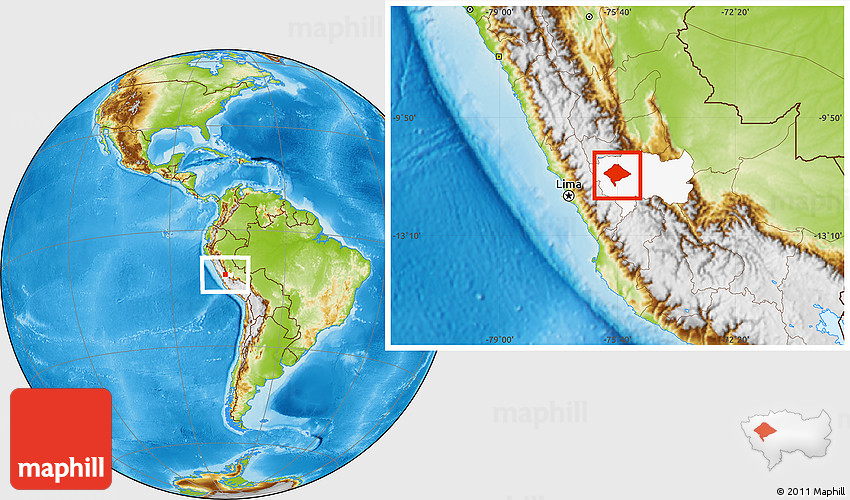
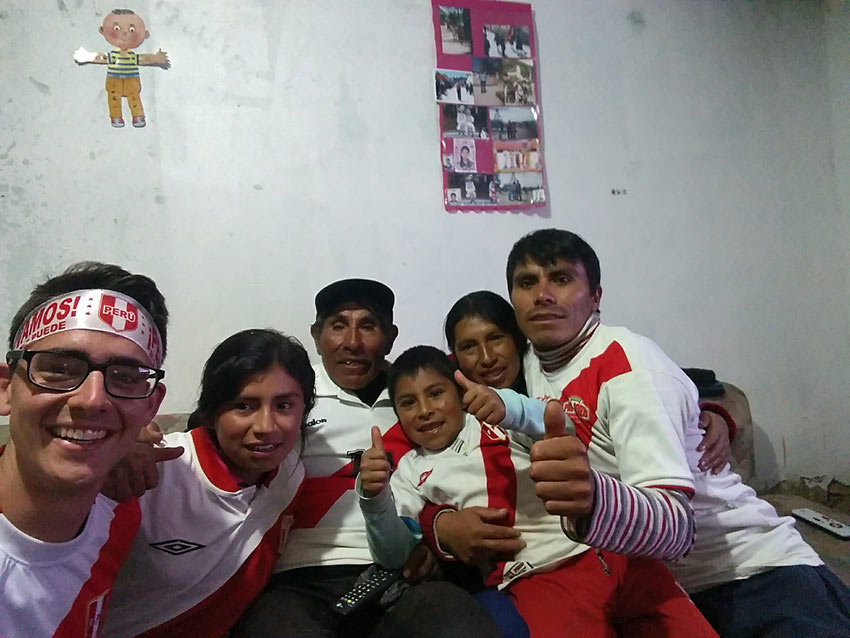
So how do I share what the last month and half of life in Peru has been like? Adequately sharing about my life here to my family and friends in the U.S. has been difficult. Not because of my life here is spectacular but because explanations and stories lack the depth of real experience. And in my community, I am the only person experiencing daily events from my white, male, middle class American cultural perspective. There’s only one gringo in town — it’s me!
Many things I find beautiful, captivating, hilarious, scary, or disgusting are often seen differently by locals. Not always, we connect on many levels. Yet sometimes I want to nudge the person next to me and say (in English of course), “Did that really just happen?” I want to encapsulate the moment, image, or event and program it into the Adventures in Odyssey “Imagination Station” so that others can relive it with me.
But time doesn’t work that way; we are forever in the present. In my understanding of time, the present is all that exists. The past is frustratingly unchangeable and the future untouchable.
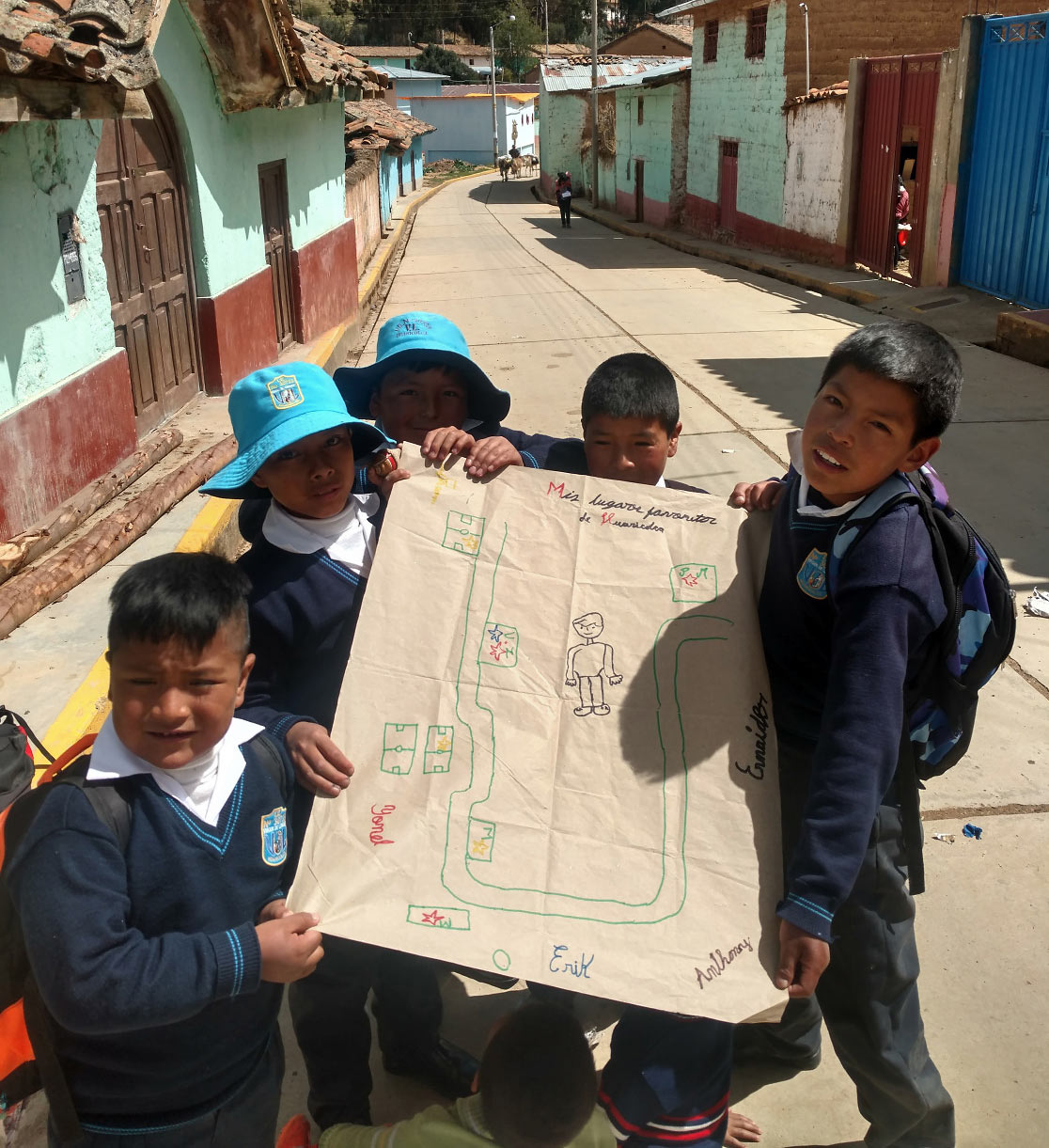
Perhaps this is one reason we are drawn to taking photos, and one reason I want to share some photos from the community here. We click, grasping at a moment trying to capture its fullness, trying not to let it escape.
While I might be the last one to request a picture back home, in Peru I find myself pulling out my cell phone, attempting to hold on to an image or a moment. When I see my elderly neighbor knitting in her field, and I know she’s been there for hours — when the primary school students swarm me at recess because I’ve made a coin “disappear” — when someone at a graduation hands you a sleeping baby — when your host grandpa tells you an ancient story, I want to guard the moment and share it with someone else.
While they can be powerful, I also think photos can detract from the very moment we are trying desperately to preserve or share. A device now stands between you and that which you are experiencing, separating subject and object. Perhaps this is a false dichotomy, as a good photographer has a way of negating this separation and using the device to draw closer to the moment. Yet as someone who is not a photographer, I do feel that something of the moment is lost when viewed through my cell phone screen.
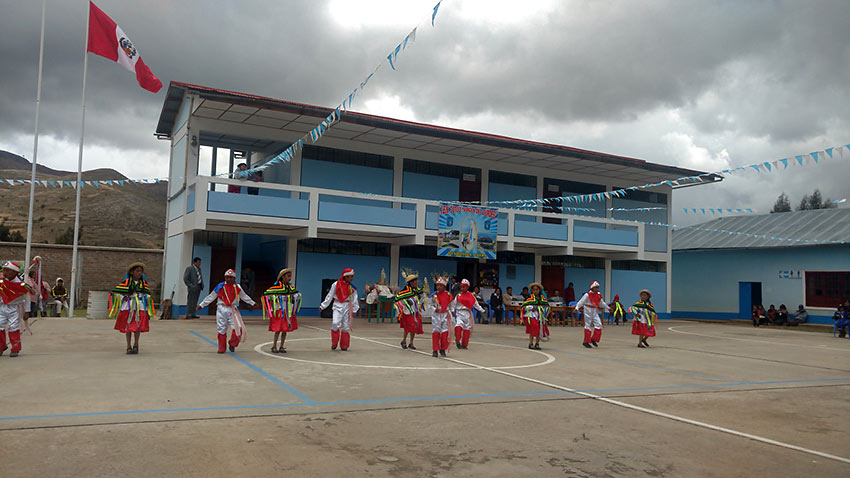
Photos often portray the best of life and leave the reality of pain and struggle behind. Look no farther than social media, where photos are used to either depict beauty and success or sensationalize suffering and pain. I have done the same, even in this blog and this very post. When I wake up at 3 a.m. with diarrhea, my first thought is not to capture the moment forever (although sometimes the PC doctors do need photos!). When another community member asks me if I’m an hermano (brother in Christ/evangelical/missionary) or a Mormon and I wonder if anyone knows why I’m here or what Cuerpo de Paz (Peace Corp) means, I don’t take a selfie to commemorate the moment. In other words, these photos fall short of reality.
It looks like I have managed to philosophize about photos, while saying very little about my time here. Yet trying to live moment by moment in gratitude has been the story of my time here so far.
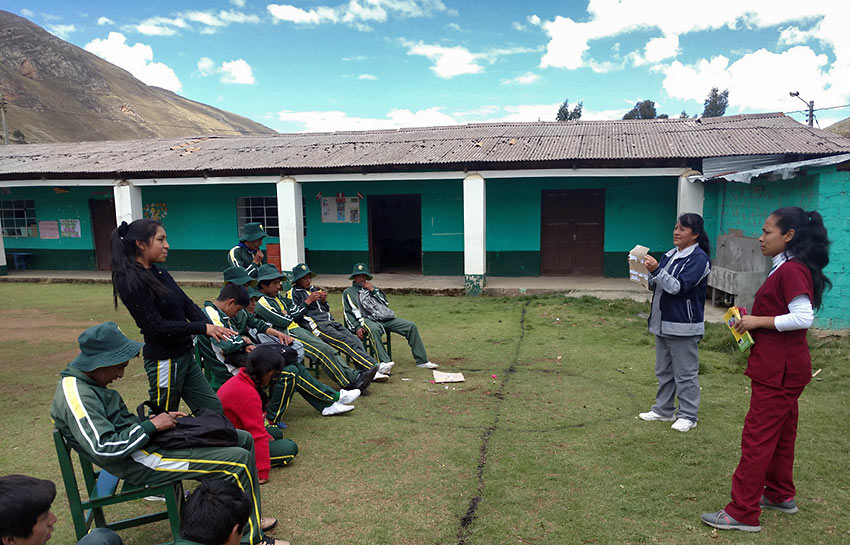
With many preoccupations, distractions, and challenges, for me success is trying to live in each moment, being grateful, and giving my best for this community and country. Sounds cheesy but it’s the only way. And for me, gratitude is an appreciation of all of life as a gift from God, something to be lived and felt to the fullest, whether joy or struggle.
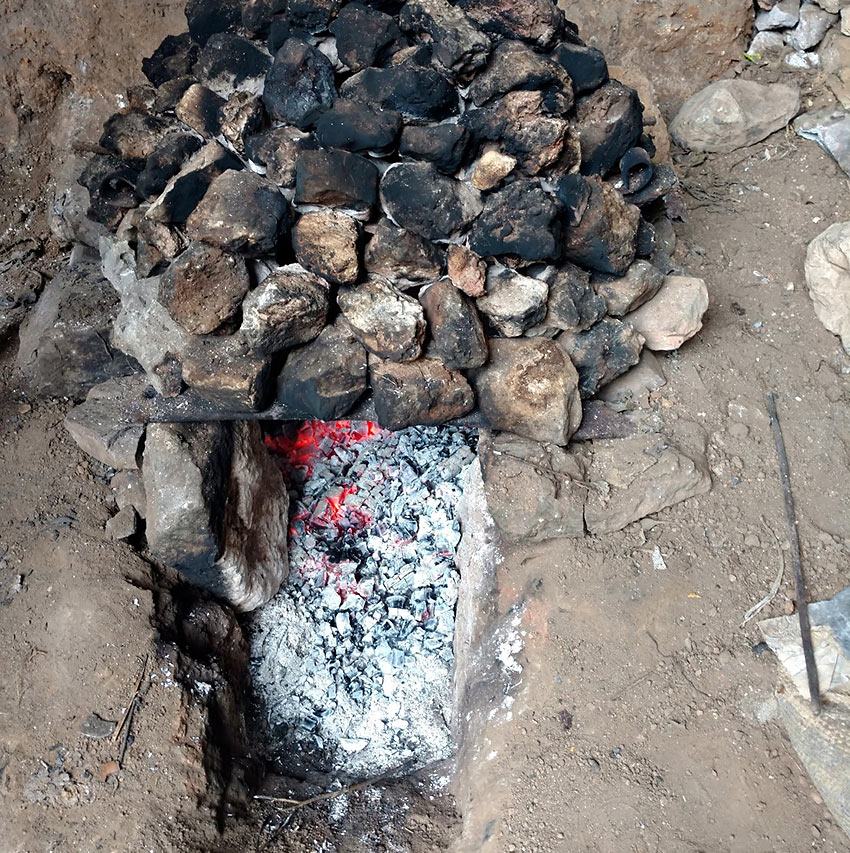
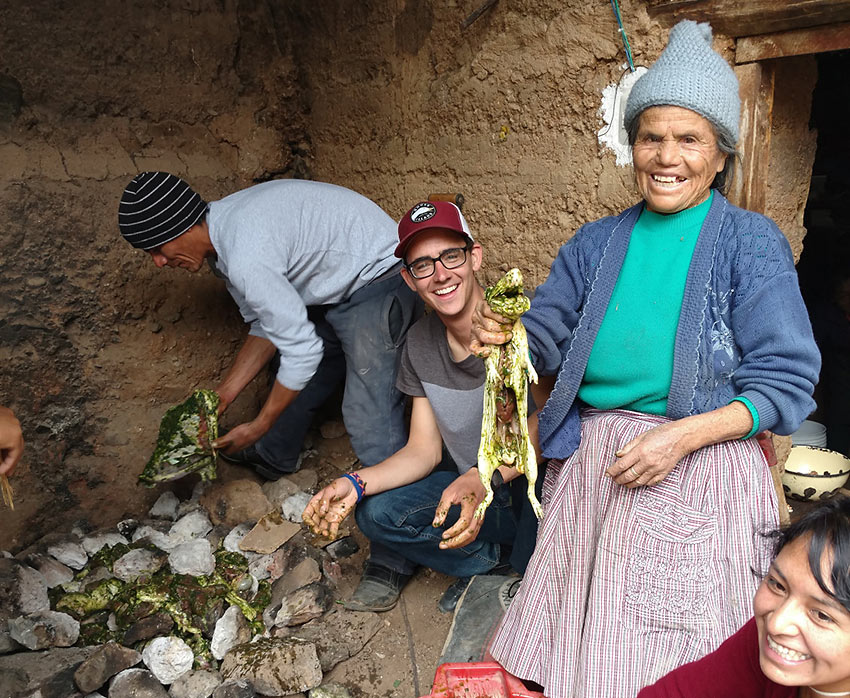
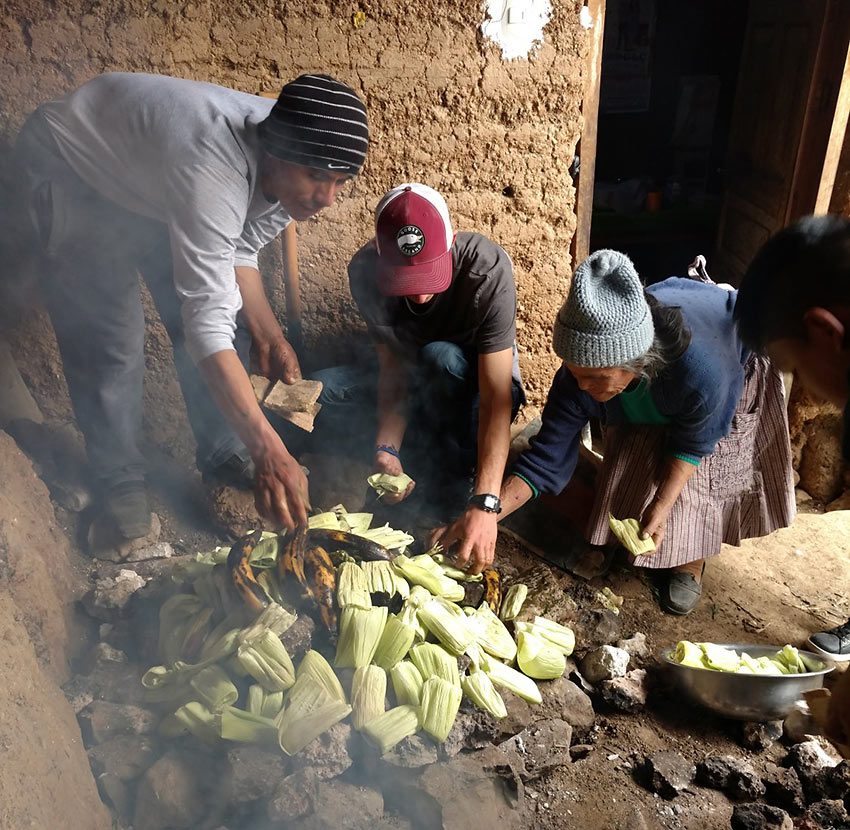
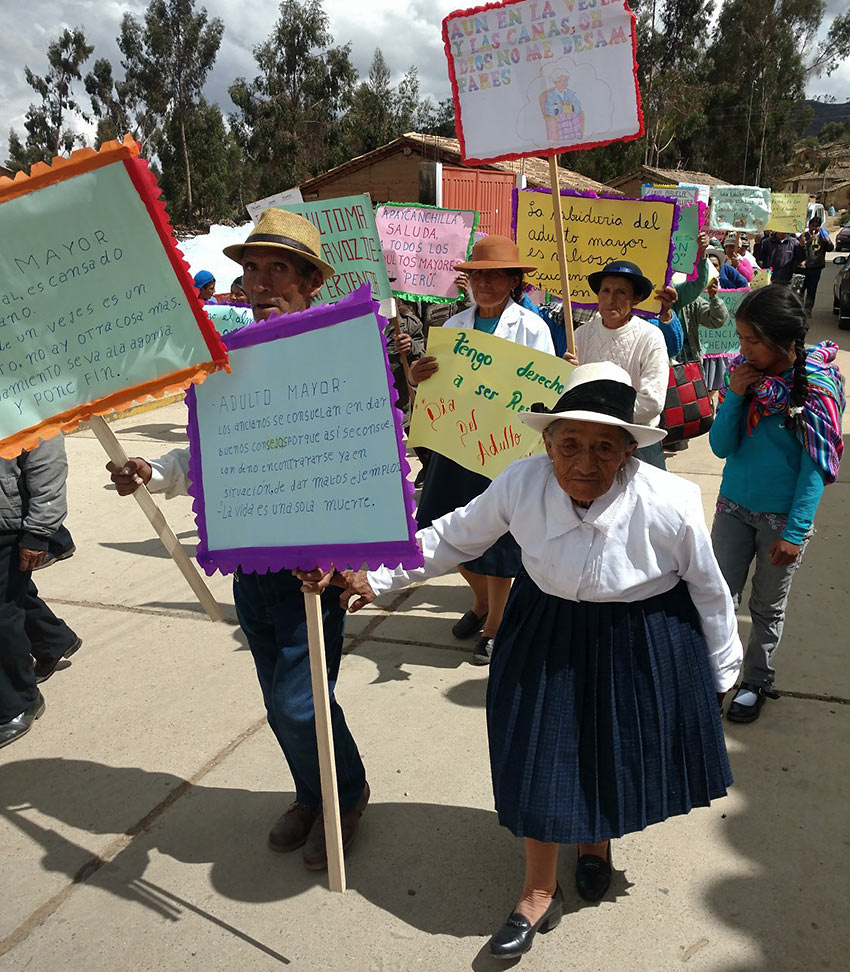

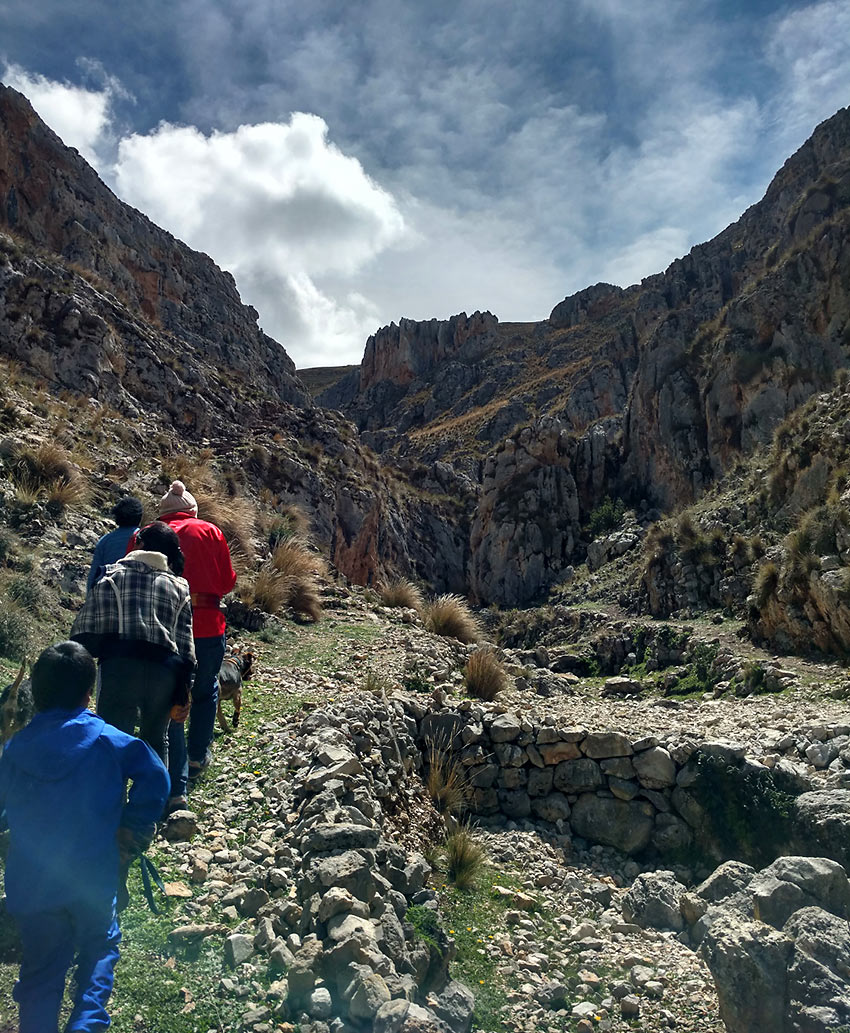
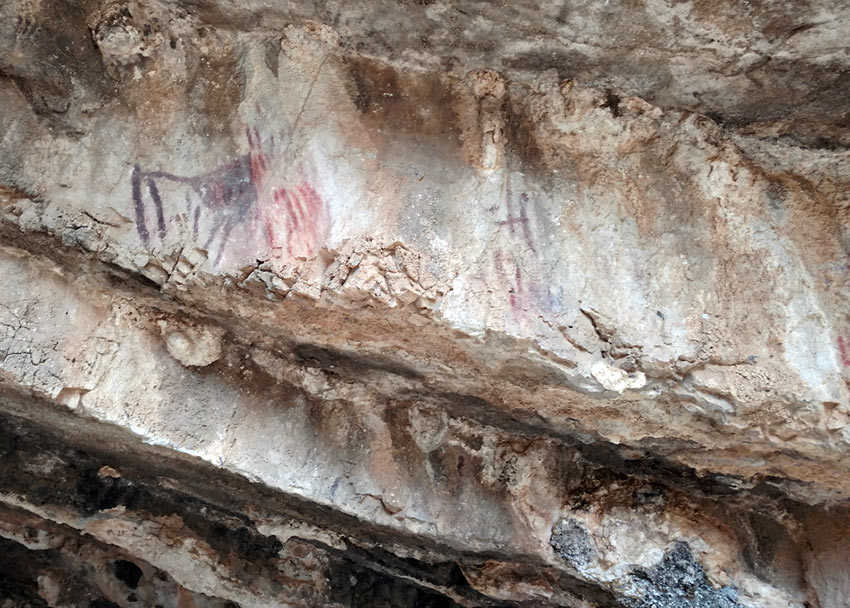
Stay tuned for Part 2.
****Disclaimer: “The content of this website is mine alone and does not necessarily reflect the views of the U.S. Government, the Peace Corps, or the Peruvian Government.”
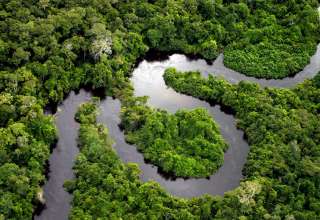
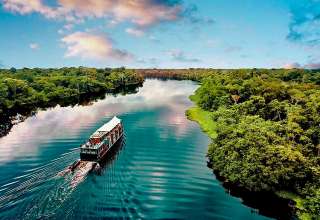
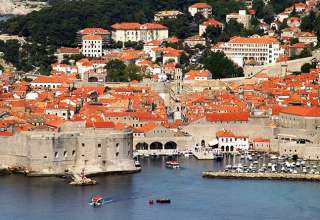
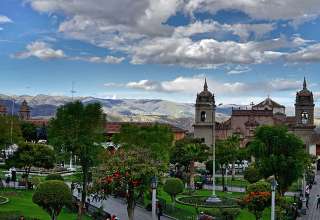
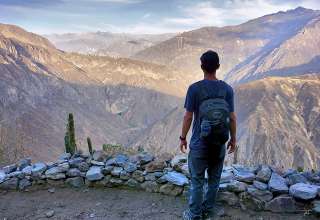
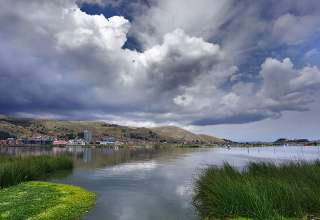



Jim Friend
February 6, 2018 at 9:04 pm
Nice. Super interesting and very well written. Looking forward to your next article.
Alex Brouwer
February 7, 2018 at 11:45 pm
Thank you! I appreciate the encouragement and hope to continue writing about my experience and Peruvian culture.
Jeff Titelius
February 7, 2018 at 12:28 am
Peru certainly has made an impression on you and it’s quite obvious through your beautiful writing style. These fleeting moments in time, cherished memories, will forever imprint themselves upon your spirit to leave an indelible mark of excitement, compassion and adventure. But most of all, a shared love between you and your new family. Thank you for sharing your Peruvian immersion with all of us!
Alex Brouwer
February 7, 2018 at 11:50 pm
Very well put! I’ve been fortunate with this opportunity to learn and see the world from a different perspective, which might be the most beautiful part of traveling in general.
Jim Boitano
February 7, 2018 at 1:59 am
That was a simply spectacular article. The text superbly captured the essence of the marvel and other worldliness of your experience, while giving the people a respectful and dignified center place.
Alex Brouwer
February 7, 2018 at 11:54 pm
Thank you for the kind words! I hope to be honest about the difficulties and differences of life here while also recognizing the beauty of the people and culture as they are.
Sarie Marais Dutler-Young
February 14, 2018 at 4:19 pm
Ed Wow!!! I am soooo exited to read about these beautiful articles!
Please keep writing and we shall keep reading!!!